Employee Portal & Training System

2023
Employee Portal & Training System
A web-based employee portal combining internal communications, onboarding, and lightweight training for a distributed B2B services company with hybrid teams across the U.S.
One Home for Internal Culture, Knowledge, and Growth
About project
A web-based employee portal combining internal communications, onboarding, and lightweight training for a distributed B2B services company with hybrid teams across the U.S.
Challenge
A fast-scaling B2B services company with 80+ employees across four states needed to bring order to its internal operations. While growth was strong, foundational processes like onboarding, communication, and knowledge sharing hadn’t kept up.
Key pain points:
- No centralized place for announcements, policies, or reference docs
- Onboarding varied by manager and lacked structure
- HR fielded the same questions weekly across teams
- No learning system to support training or compliance
- Company culture was fragmented across locations and work models
They needed a simple, branded internal platform to unify operations — one that was easier to use than traditional HR software, with a stronger focus on clarity, access, and consistency.
Solution
1. Centralized Employee Portal
We designed a clean, web-based platform that served as a single entry point for employees across all departments and locations.
Key features:
- Company Newsfeed: Updates with Slack notifications
- Document Library: Searchable archive of policies, templates, and forms
- Onboarding Hub: Role-based checklists, welcome materials, and org overviews
- Team Directory: Filterable staff profiles by department, location, and title
- Events Calendar: Internal events, holidays, birthdays, and all-hands meetings
The interface was fully responsive and optimized for both remote and in-office usage.
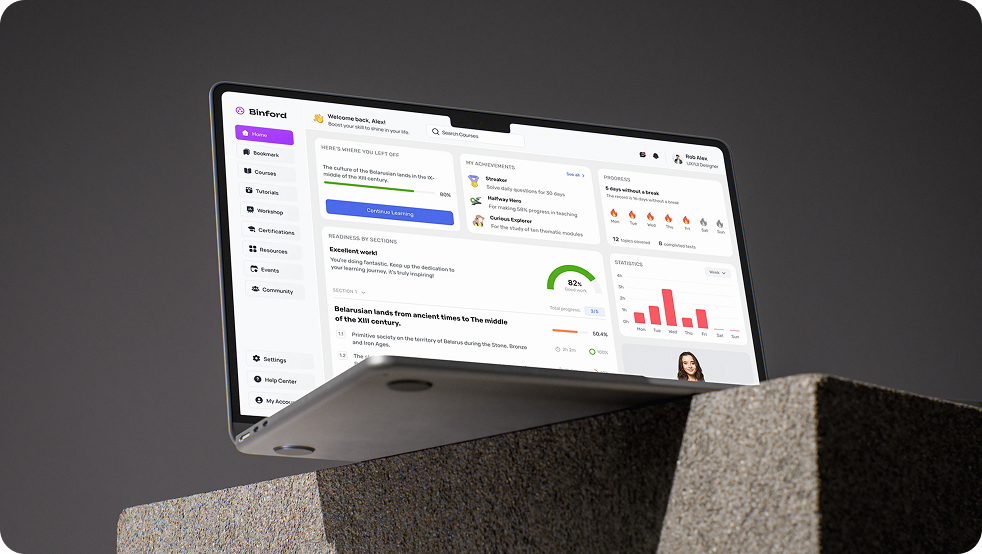
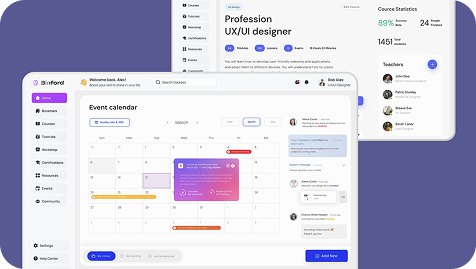
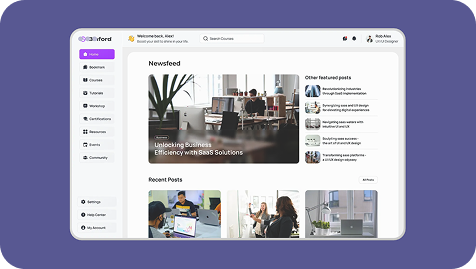
2. Embedded Microlearning LMS
To streamline knowledge sharing and reduce ramp-up time, we developed a lightweight LMS module embedded directly into the portal.
Sample content included:
- “Welcome to the Company”
- “How We Use Internal Tools”
- “Client Communication Standards”
- “Diversity & Inclusion Basics”
Courses included videos, step-by-step guides, interactive cards, and short quizzes. Managers could assign courses, track completions, and trigger reminders.
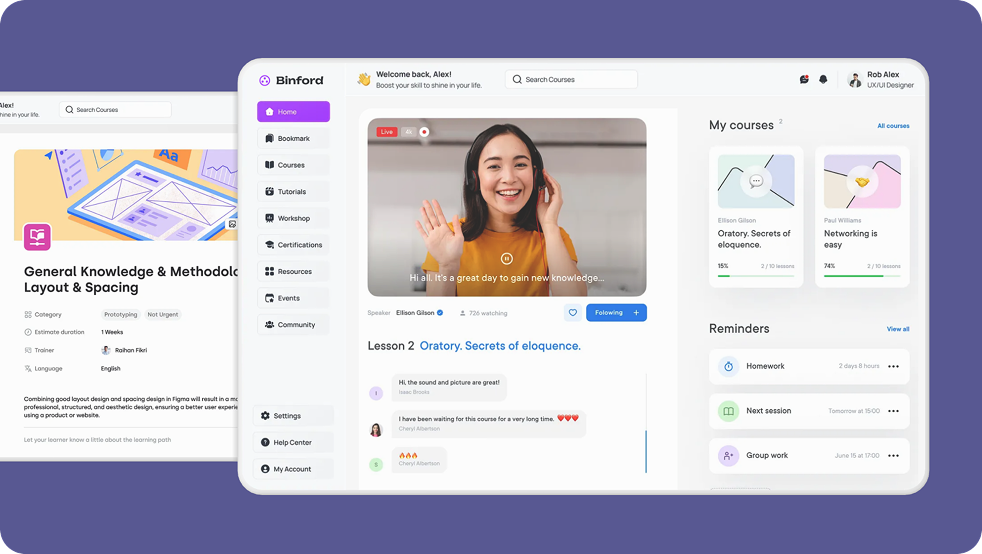
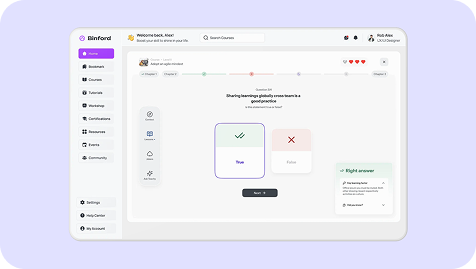
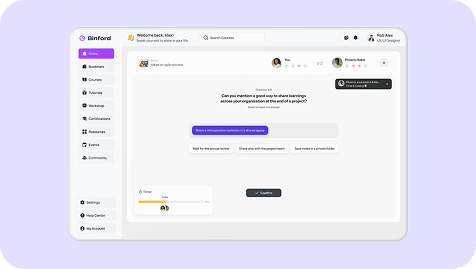
3. Why a Custom LMS?
Off-the-shelf options like Trainual and TalentLMS were evaluated but fell short in key areas:
- Overly complex UX for non-technical staff
- Limited integration with internal tools
- Costly per-user licensing
- No alignment with brand tone or structure
A custom LMS gave the company flexibility, brand consistency, and full control over content and reporting.
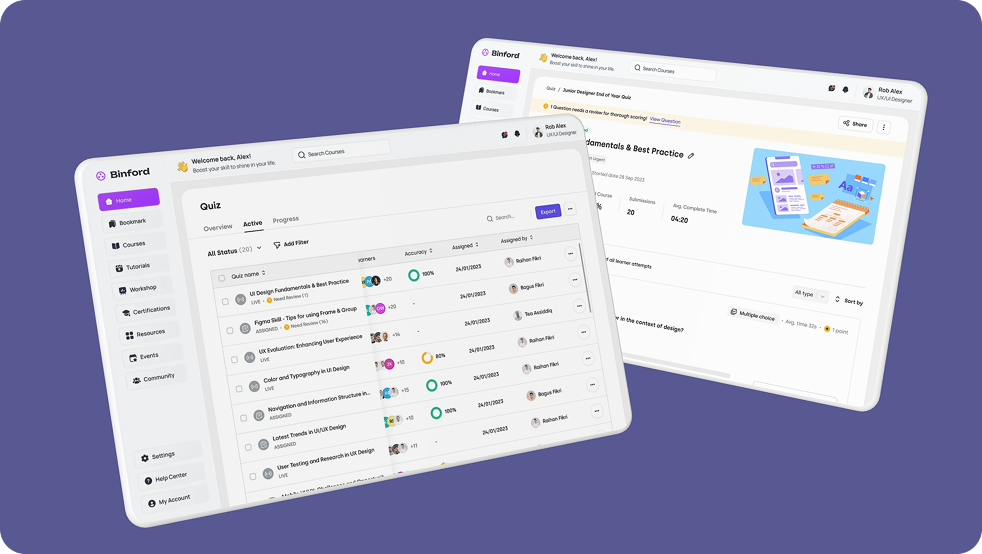
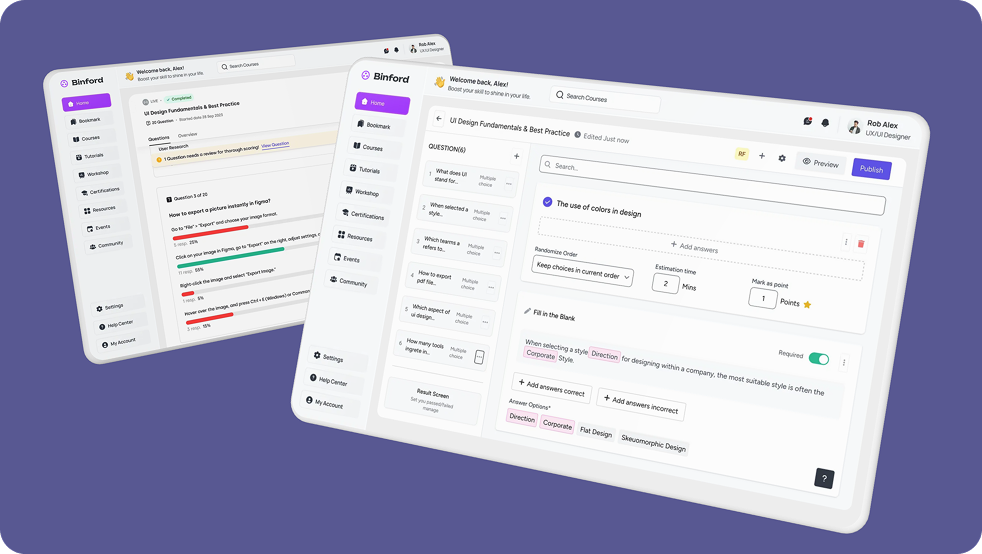
4. Integrations
The platform was integrated with the company’s existing tools:
- Slack: News alerts, onboarding reminders, course nudges
- Google Workspace: Document linking and calendar sync
- OAuth2 SSO: One-click login via existing credentials
- Internal HR System: Used to automate role-based content delivery and onboarding flows
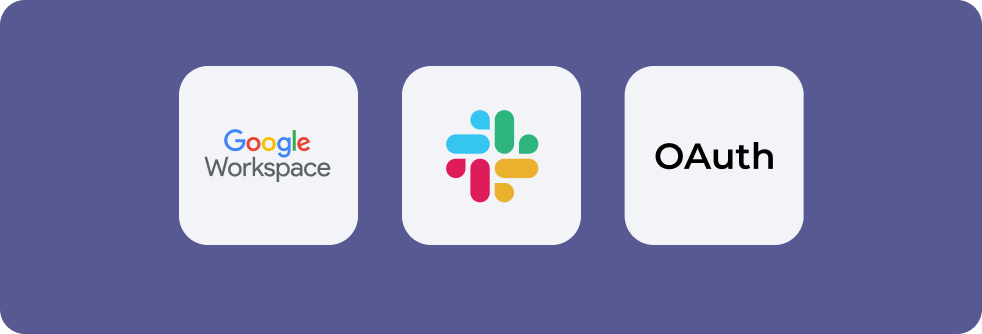
Project Team
- 1 Project Manager
- 1 UX/UI Designer
- 2 Frontend Developers
- 1 Backend Developer
- 1 QA Engineer
- 1 DevOps Engineer
Tech stack








Timeline
Total duration: ~20 weeks
Weeks 1–3
Discovery, stakeholder interviews, UX prototyping
Weeks 4–8
Core portal development: newsfeed, docs, directory, onboarding hub
Weeks 9–12
LMS module build and content structure
Weeks 13-15
Testing, internal feedback, pilot with selected teams
Weeks 16-17
Slack + Google integration, SSO setup
Weeks 18-19
QA, refinements, role-based testing
Week 20
Full company rollout, HR onboarding, documentation handoff
Note: The 5-month duration included internal review cycles and phased rollout.
Impact
Within the first 60 days:
- Over 90% of new hires completed their onboarding checklist within 10 days
- Nearly 75% of employees accessed at least one document or policy through the portal
- 61% completed at least one training module, supported by Slack reminders
- HR support load dropped by ~35% for routine questions
- Internal content engagement via Slack increased by 28%
Business Outcome
The platform gave the company a modern, branded internal hub — improving visibility, accelerating onboarding, and reducing manual HR workload — all without relying on third-party systems or external licensing.